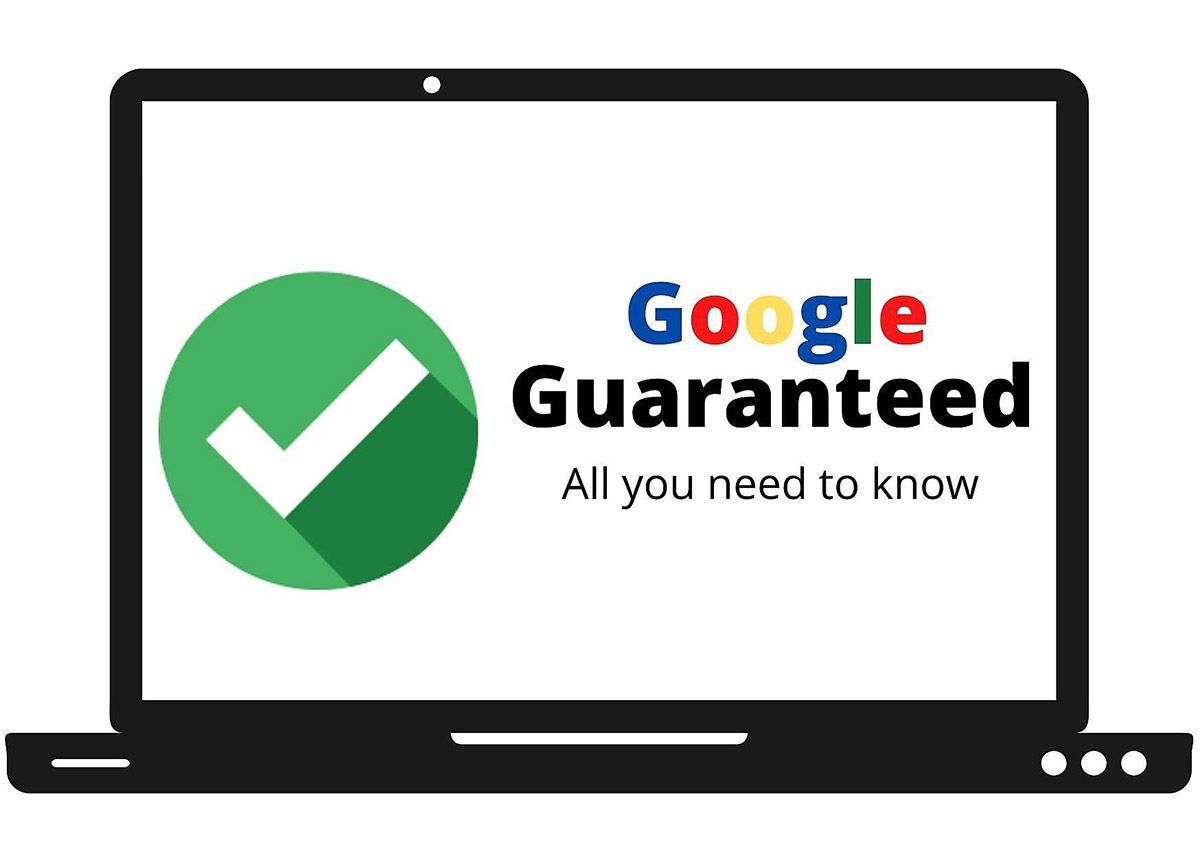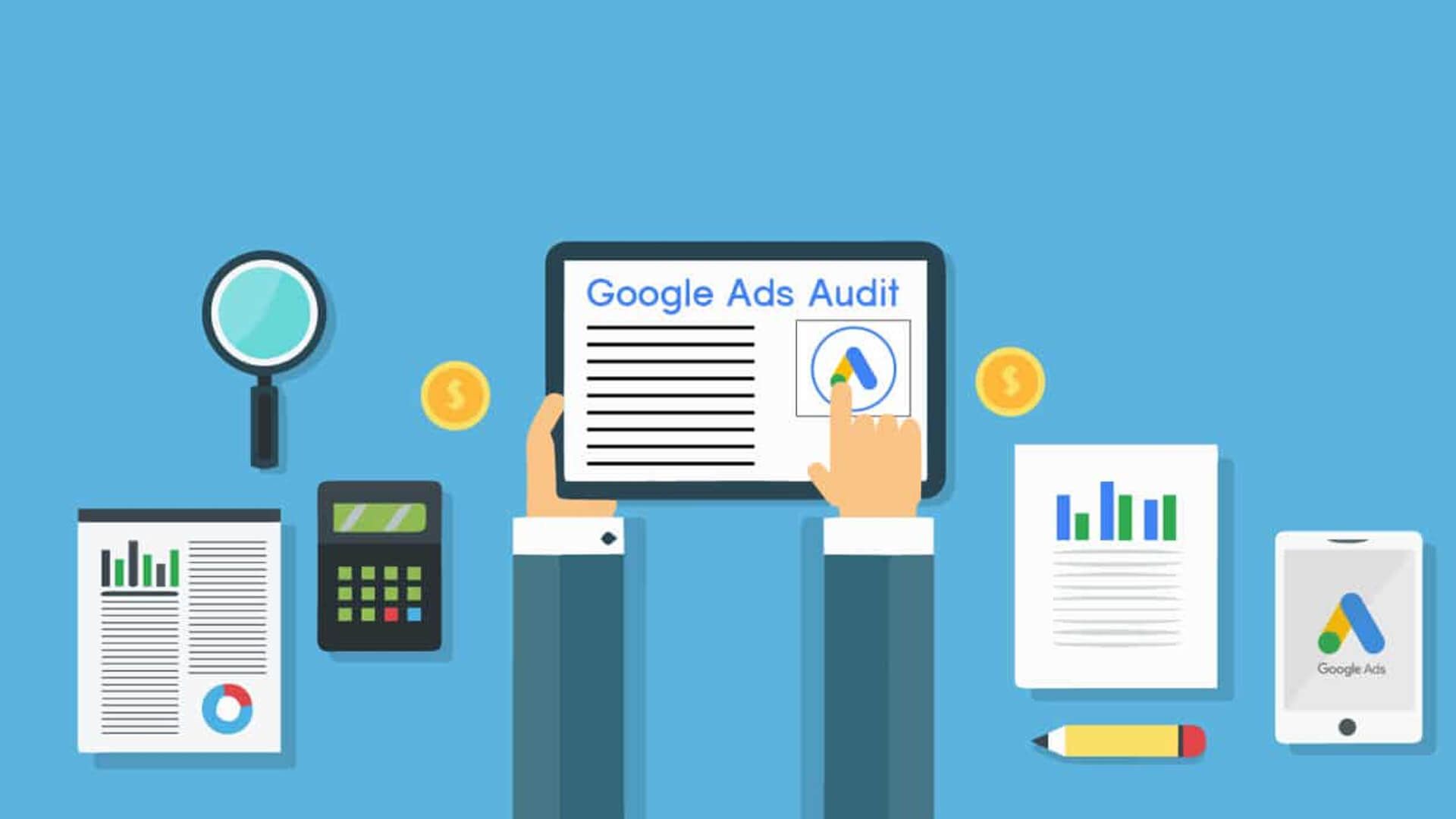How to Improve Your Google Ads Quality Score
The Importance of QS in Google Ads

If you see, low quality score (QS) in your Google ads account it can cause your keywords to not be shown in Google searches. Regardless of how much you increase your bid, if the quality score is low your ads won’t show. Google determines the quality score of keywords based on the relevance of your keywords, the ads related to those keywords, landing pages and CTR as some of the major factors. In this article, I will address how you can improve your Google Ads quality score.
Rarely shown due to low-quality score
A Google ads quality score refers to the rating of quality and relevance of your account and individual ads which is typically measured in terms of their performance. It is an important thing to take note of as it will impact your profitability and PPC success.
Google Ad’s quality score impacts:
➡️ Your cost per action, and
➡️ The position of your ads
Your quality score will typically be determined by several factors but the most important are:
➡️ Click-Through Rate – The likelihood that searchers will click your ad
➡️ Landing Page Relevance and Quality – How relevant the page is, and the ease of use of the landing page
➡️ Ad Relevance – How closely the ad text matches the user intent
➡️ Historical Google Ad account performance – How effective have your previous ads been
While it is impossible to know what factor is the most important to the algorithm, there are indications that the Click Through Rate is one of the most important. More people clicking your ads is one of the strongest indications that your ads are helpful and relevant to users.
How do I check my quality score?
To be able to make changes to your ad strategies, you need to know how to check quality scores.
Follow these steps:
- Log into your Google Ads Account
- Click on the campaign whose quality score you intend to check
- Select the Keywords tab
- Select the Columns tab (You should find it directly below the keywords tab)
- Select Customize columns
- Click the Quality Score box
- Click Save and you should now see the quality score
How To Increase Your Quality Score Google Ads
Now that you have found your quality score it is time to fix it. The following are some suggestions for fixing your low-quality Scores:
Include keywords to improve ad copy - Rewrite any ads that have low CTR and be sure to include high volume and highly relevant keywords into the copy. Once you have rewritten your ads, do some A/B testing to find the best performing.
You could also improve performance by increasing visibility such as adding site links to the ad.
Improve your landing page. Check that all your destination URLs have good loading times and that they are relevant. Check out the Google recommendations on landing page experience to determine how you can improve any of your landing pages.
Change the ad group to include more relevant ads - You need to maintain tightly segmented ad groups with specific keywords. This will make it easier to take advantage of highly converting or keywords with high CTRs. Sometimes, a low scoring keyword will improve when placed in a more relevant ad group.
Test and Refine Ad Copy - You should always be refining and testing your ad copy through A/B testing, which can provide valuable insights. You could start by changing the copy for a few ad groups to determine which ones get an improvement in the click-through rate. A better CTR means higher quality scores and relevancy, which you can then use for the remainder of the campaign.
Use calls to action - When writing ads it pays to have a call to action (CTA) to tell searchers what to do next. Some good calls to actions are…
- Call Now!
- Buy Now!
- Shop Now!
- Download Now!
- Check Your Landing Pages
If you want to improve your quality score you need to send your visitors to highly relevant content. Driving visitors to a homepage or vague category pages is not going to cut it. Each ad group and individual campaign needs to have its own highly targeted landing page. This will ensure that users are sent to a page with the content they were searching for thus providing a cohesive start to finish experience.
Make Use of Negative Keywords - Always go through your keywords and add negative keywords that drive unqualified leads that waste ad spend. You can do this when starting a campaign but it can also be done on the regular after your campaigns are live. If you are getting a lot of clicks from some keywords but are not getting as much in terms of conversion then you definitely need to add negative keywords.
Use Long-Tail Keywords - When it comes to quality score, long-tail keywords are almost like the Holy Grail. Since they are very targeted, they tend to drive CTR. Moreover, they also tend to be less expensive given that there is not much competition for them.
Follow these guidelines -
Many times campaigns perform poorly because they fail to follow the basic rules of PPC management. While not everyone has gone through training or has years experience – in many cases following what’s laid out in this article should improve your overall performance.
How to improve low-quality in Google ads?
Tightly theme your ad groups - Ensure that all your keywords are themed in very specific ad groups. A good rule of thumb is to have between 2-5 different keywords per Adgroup. Each keyword that does not match the other keywords in the AdGroup closely needs to be put in another AdGroup specifically created for it.
Write Specific Ad Copy for Each AdGroup - Every group needs to have a different ad copy. Ensure that each of the ads is unique, written specifically for the adgroup, and is highly targeted. This will help ensure that the ads match the keywords in their group, which should improve the overall quality score.
Use site links and extensions - Using extensions expands the size of your add. This allows your ad to take up more “real estate” in the ad spots above the organic listings. Doing so increases your chances of getting a click which will improve your CTR. This, in turn, will help improve your QS.
Optimize your display url - Google provides you with the option to show a “fake” url. This url isn’t the one that visitors go to. It is just the one that is displayed to them in the ad. This is where you can add the same keywords you use in your ad group and landing page to make the ad more relevant to Google and to help improve your CTR.
Specific ad groups should have their own landing pages - Every AdGroup needs to have its own specific landing page though it is not necessary that it be a new page on the website. As long as it is highly relevant to the keywords you are targeting it should be fine.
For example; you sell many types of chairs. You should have one page for “dining room” chairs. This will align with your ads and keywords within this one adgroup. this will dramatically improve your quality score.
Run two or more ads concurrently - When running ads it is always important to be testing. One of the best ways of testing is by running two or more ads concurrently, which allows you to always be improving to the one that converts better. This will over time improve your quality scores.
Include keywords on landing pages - Never send all your traffic to the home page as that is one of the best ways to get a low-quality score. Have each landing page have its own dedicated keywords and ad groups. This will over time improve the time on site, bounce rate, and conversions. However, you need to keep the keywords between 3-5 for every landing page.
Should you delete low-quality score keywords? - Believe it or not, low-quality keywords have very little impact on other keywords. The algorithm allocates each keyword, landing page, and AdGroup a quality score that lingers for a while even if you delete the keyword.
One word of caution when it comes to deleting keywords. Once you delete a keyword you lose all of the data and history associated with that keyword. I rarely ever delete keywords. I recommend pausing them rather than deleting them.
There are several considerations you need to take into account before deleting or pausing your low-quality keywords. These include:
Performance of the Keyword - While a keyword may have a low-quality score, it may be performing well in terms of cost per conversion, conversions, and click-through rates. In such an instance, it is not advisable to delete the keyword.
How old is the keyword in the campaign? Some keywords may take some time before the algorithm has enough data to portray a true quality score. If the keyword is relatively new, you should consider allowing more time for the algorithm to gather data.
Other factors that play a role in quality score - Sometimes it is not the keyword that is the problem as the quality score may be influenced by other factors such as:
- Devices
- Ad relevance
- Your account history
- Landing page quality
- The CTR of the ad itself
- Geographic performance
- The past CTR of the keyword
You need to take all these factors into account and do a thorough analysis before deleting keywords. Of particular importance is the landing page relevance and quality.
You should also A/B test your ads and make them as compelling as possible. It is also important to note that deleting keywords is unlikely to be successful in the short term, as the quality score is built over time when you consistently write good ads.
The information in this article should help you resolve most of the quality score issues by increasing the quality score of your ad groups. Let me know if you still are having issues with Improving your Google Ads quality score.
Need Help With Your Digital Marketing?
Speak with an expert now!








